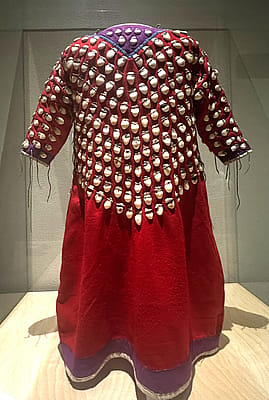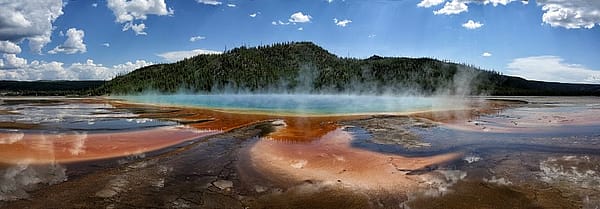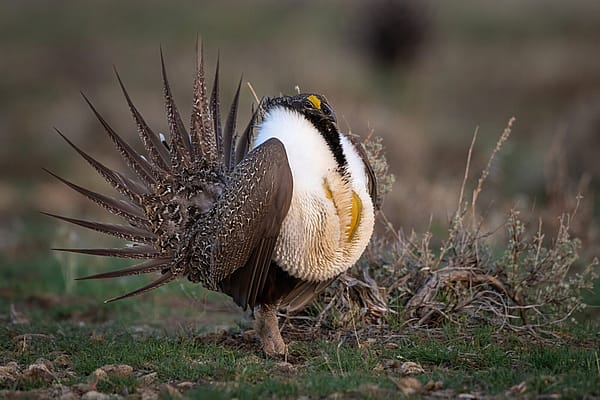
4 Videos to Watch Before Visiting Yellowstone
Yellowstone is beautiful—really, really beautiful. No wonder roughly 3.5 million visitors crowd through its gates every summer. But there’s more to Yellowstone than beauty. The Greater Yellowstone Ecosystem has evolved through millions of years of geological events, and has been host to centuries of political and cultural controversy. That’s a lot of information to digest before visiting Yellowstone. No worry—here are a few basics to understanding the world’s first national park.
Bison makes comeback at Yellowstone National Park
If you don’t see a bison or two in Yellowstone, you’re not looking hard enough. There are as many as seven thousand bison roaming the plains and valleys of Yellowstone, but that wasn’t always the case. Posted on June 3, 2016, CBS News explores the cultural and environmental effects of the overhunting of bison throughout the 1800s, and how—with careful supervision and community support—bison are finally making a comeback.
Yes! Yellowstone is a Supervolcano
To understand Yellowstone in all its geothermal glory, it’s important to know what lies beneath. The US Geological Survey is the authority on geological processes of Yellowstone, and they pack millions of years of geological history into a few short minutes. Now get to Yellowstone before the supervolcano erupts again. (Just kidding. It’s not going to erupt for awhile…probably.)
The wolf has always been a symbol of Yellowstone—albeit, a symbol of controversy. But reintroduction of wolves in the mid-’90s has proven to be beneficial for the Greater Yellowstone Ecosystem on many levels. Visiting Yellowstone in the winter is prime for wolf-watching, and remember—wolves weren’t always as welcome in the Park as they are now.
Yellowstone National Park, USA in 4K (Ultra HD)
Although Yellowstone is best viewed in person, here’s the next best thing: Yellowstone in super, super high definition.
Written By
Levi Meyer
Levi Meyer, a Cody, Wyoming native, was formerly the PR & Marketing Manager at the Buffalo Bill Center of the West.










